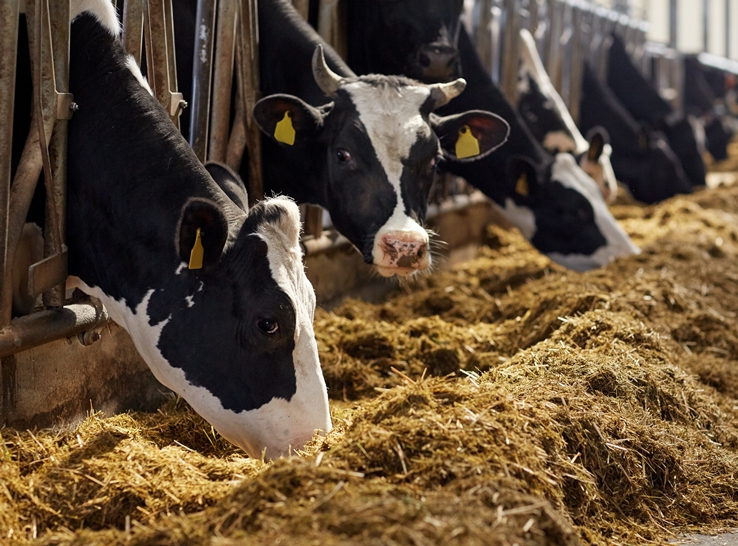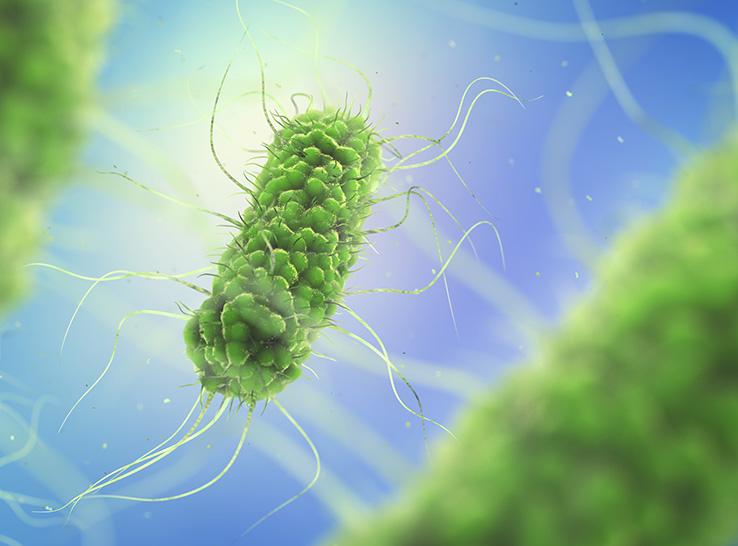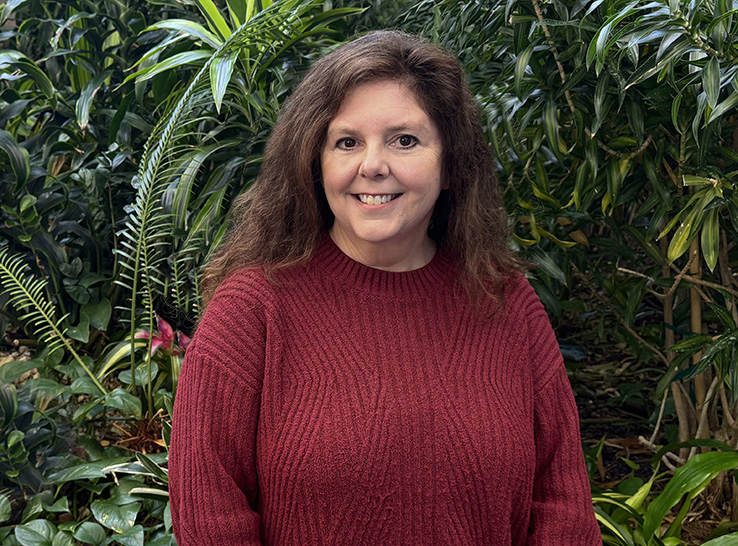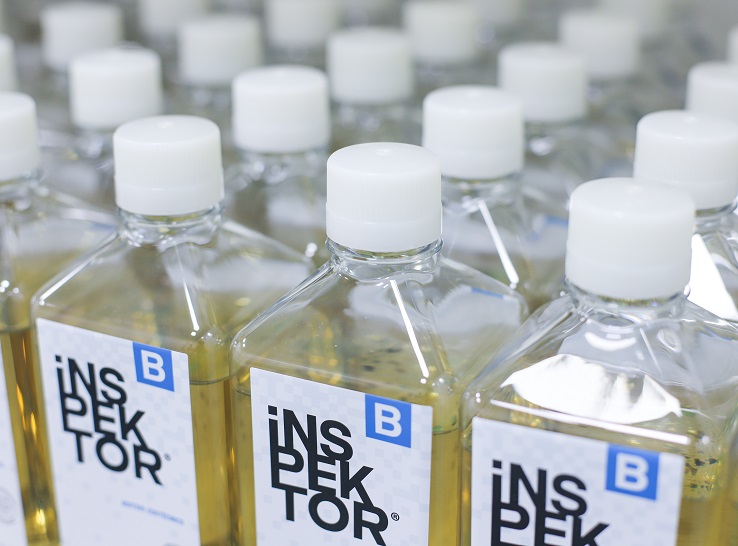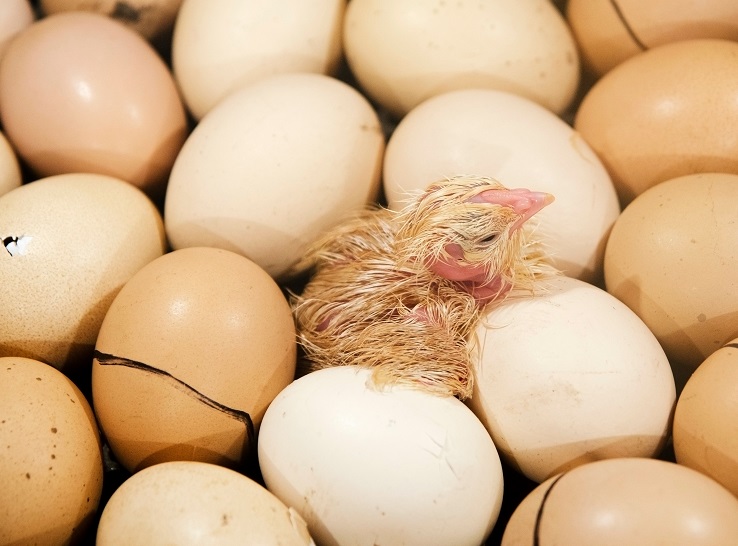Years of painstaking research to discover how Salmonella metabolically survive is yielding unusual insights into these resourceful bacteria.
“This bug is metabolically versatile. It can very cleverly switch between different environments, species, and still, it can survive and thrive with only about 4,000 genes,” said Devendra H. Shah, DVM, PhD, Texas Tech University School of Veterinary Medicine, at the 2023 North Central Avian Disease Conference.
The researchers found Salmonella feeds on a metabolic byproduct in the chicken’s gut that allows the bacteria to thrive. Shah hopes that what they’ve learned will lead to new strategies to starve Salmonella and reduce its pathogenicity.
The quest for answers
The path to this knowledge took 20 years and several major discoveries. The first came when Shah’s research team pinpointed a cluster of 21 genes contributing to Salmonella’s metabolism. They called it a Salmonella pathogenicity island. When those genes were knocked out, Salmonella was not able to infect human cell lines.
The next breakthrough came 10 years later when Jake Elder, PhD, USDA microbiologist, was a graduate student and studied each of the genes in the pathogen cluster.
“Then we collaborated with Jean Guard (DVM, PhD, with the National Poultry Research Center), who put the strains through rigorous metabolic testing,” Shah said.
Shah learned that Salmonella was using these genes to acquire energy from two proteins: tyramine, a monoamine; and D-glucuronic acid (DGA), which is a sugar acid. Both metabolites are found in the mammalian gut, including humans and chickens.
It took several more years to fully learn how these genes help Salmonella acquire energy. This time Shah worked with Raquel Burin, DVM, PhD; Narayan Paul, DVM, PhD; and Elder.
“The team found a bunch of genes responsible for the acquisition of energy from tyramine and another bunch responsible for the acquisition of DGA as a source of energy,” Shah explained. “Burin conducted 2 to 3 more years of work to close the entire metabolic pathway.”
Targeting the byproducts
The next step was figuring out what the two nutrients do and if they could be targeted to affect Salmonella’s growth.
“Tyramine is a byproduct of the metabolic process, and there’s a lot of it in every animal,” Shah said. “Amino acids are metabolized by the gut microflora. They produce enzymes, which lead to the production of feel-good hormones (such as dopamine and epinephrine). A byproduct of this process is tyramine. It turns out that Salmonella can munch on tyramine as a food source.”
Looking for a drug that can halt the ability of Salmonella to use tyramine as a food, researchers in Shah’s lab tested a monoamine oxidase (MAO) inhibitor, which is commonly used as an antidepressant. In the test tube, the MAO inhibitor completely knocked down Salmonella’s ability to munch on tyramine and inhibited the bacteria’s growth. The inhibitor was effective on all Salmonella serotypes, which means that the drug could work on several different kinds of Salmonella.
“I’m not suggesting we use antidepressants in chickens, but our work shows that there is a mechanism Salmonella is using that we may be able to block with some anti-nutritional strategies,” Shah explained.
This also holds true for the other nutrient, DGA, which Salmonella uses as energy. In all mammals, some of the glucose is converted to DGA, which then binds to toxic chemicals generated in the body and is excreted through urine.
Researchers in Shah’s laboratory discovered microbes living in the chicken and mammalian gut can break down the DGA chemical. This allows free DGA to become available as a food for Salmonella.
They then found a drug used in human cancer patients to reduce side effects of anti-cancer drugs will reduce DGA production. When used in a test tube, the drug blocks the production of DGA, making this food source unavailable. “It’s almost like starving Salmonella to death,” Shah said.
“We need to develop a better understanding of the genetic makeup of this bacterium to find the mysterious mechanisms these bacteria use to steal nutrients in the chicken gut,” he added.
Shah remains hopeful that these latest discoveries will lead to novel nutritional solutions that reduce Salmonella infections in chickens.
With these efforts, “If we can reduce the Salmonella counts by a couple of logs, we have made a big jump in our food-safety efforts,” he added. “We have to be realistic in our expectations.”

